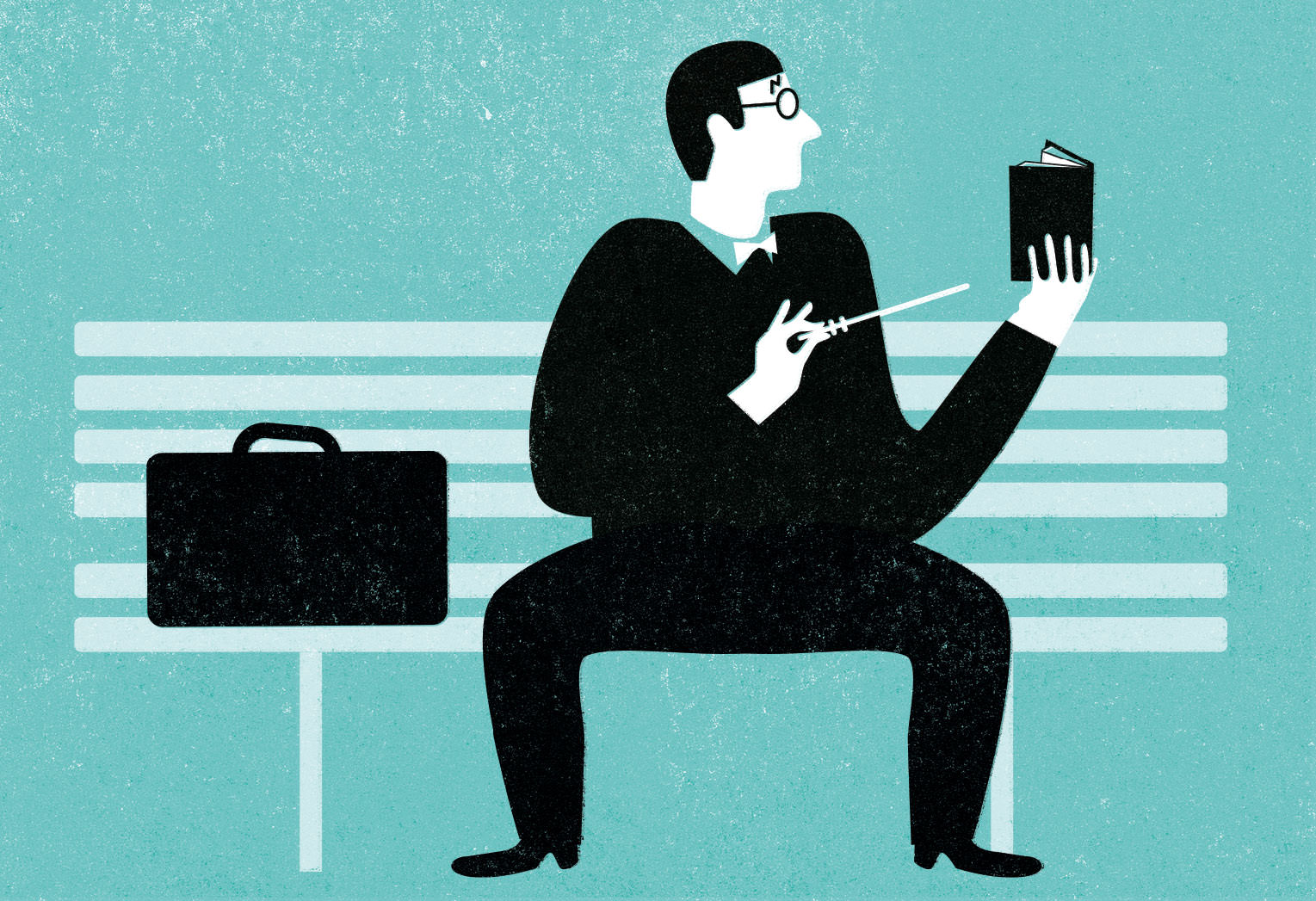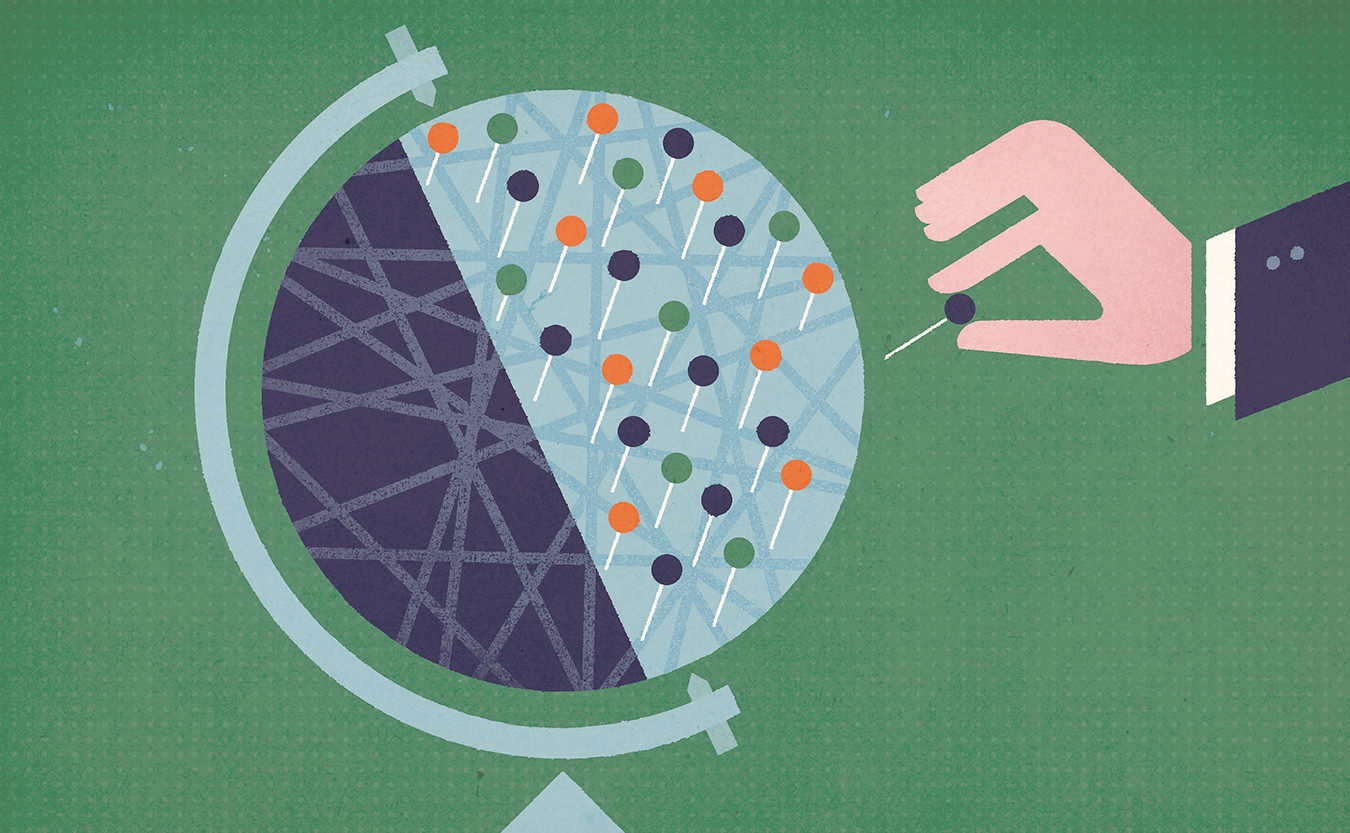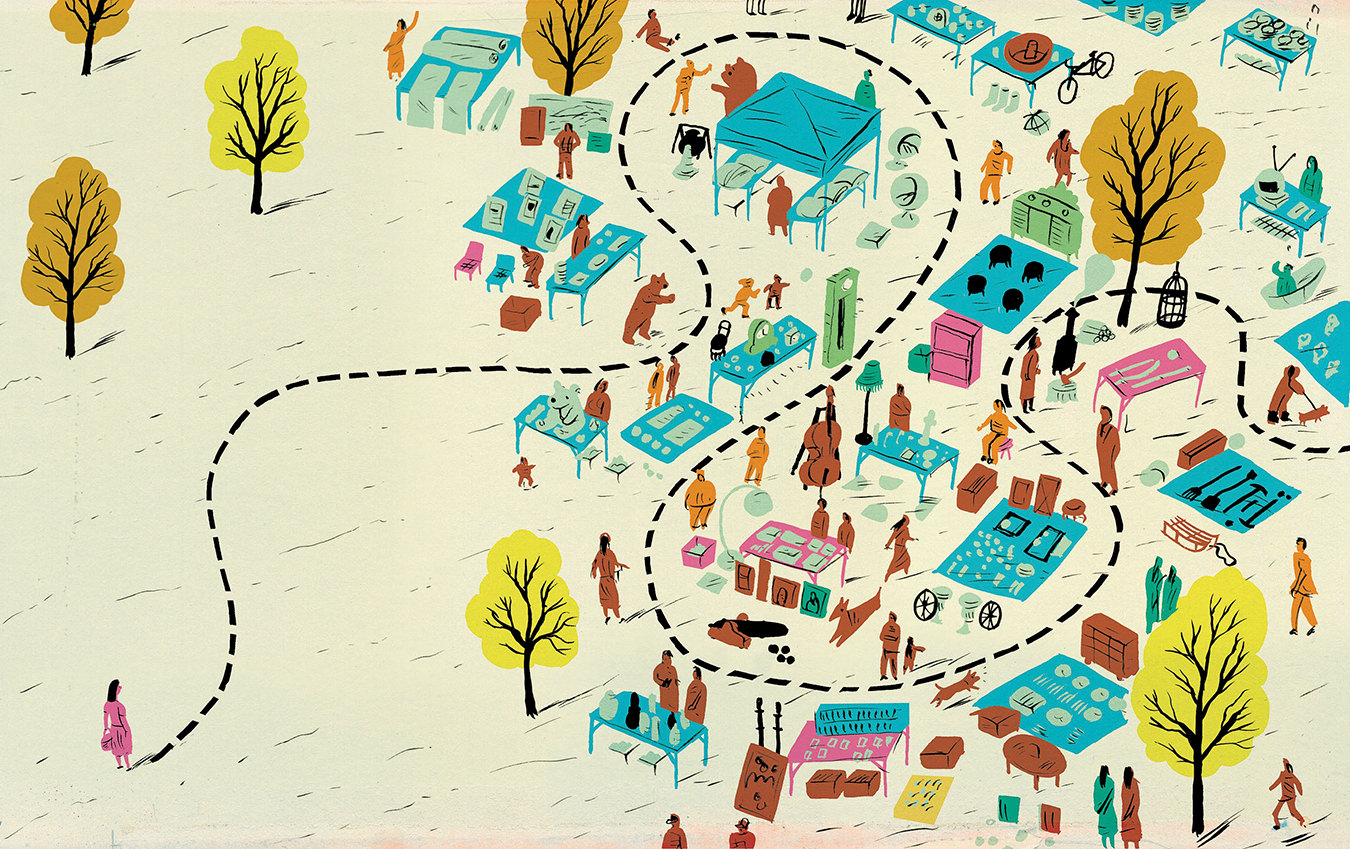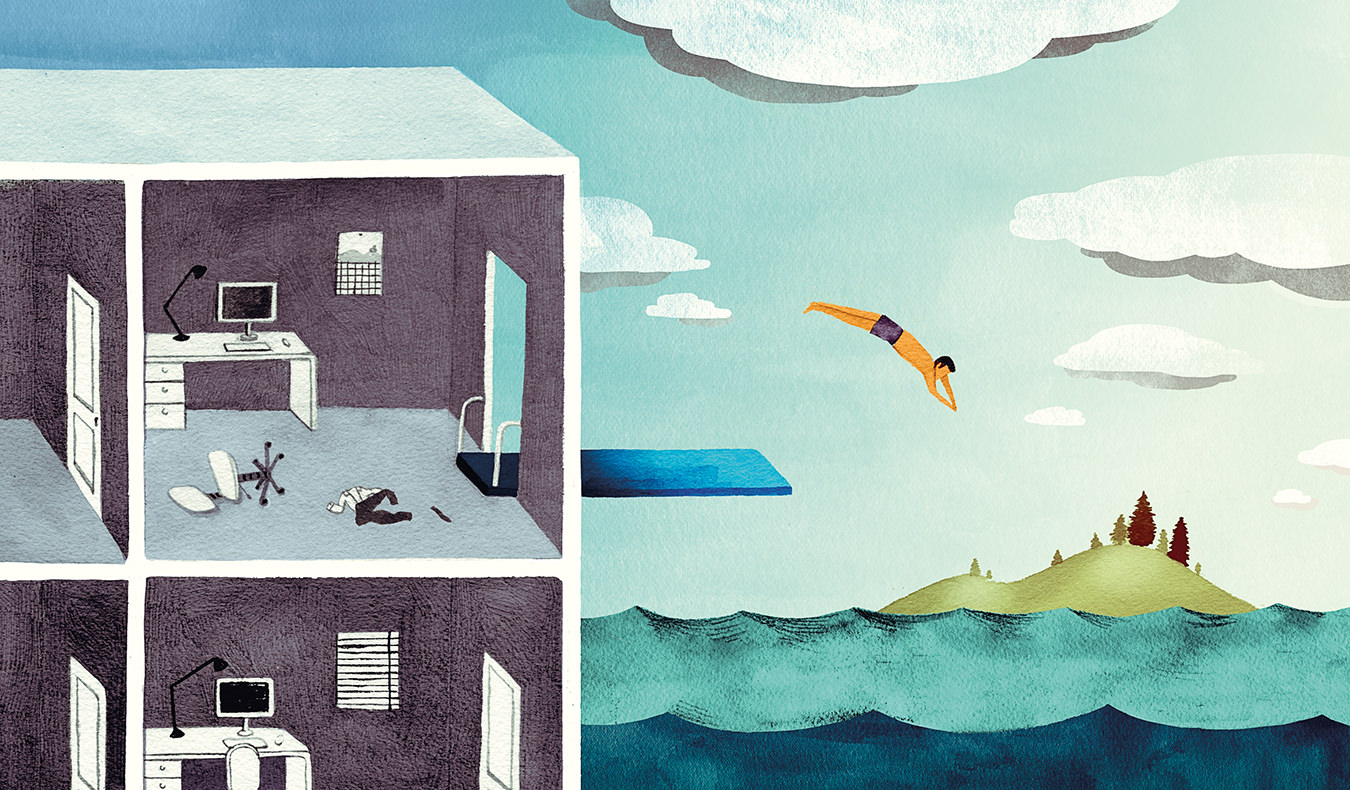Why Adults are Reading (and Rereading) Young Adult Fiction
Teenage dreams.

Admit it: you flew with Harry as he rocketed across the pitch, his eyes trained on the winged golden globe. Your heart raced along with Tris’ as she conquered her seven fears. And every time Katniss pulled back her bowstring, it was you who let the arrow fly. You weren’t alone. News flash: all those people ripping through the pages of the Harry Potter novels, the Divergent series, and the Hunger Games trilogy—on their lunch break, on the train home, during that layover at Pearson—not all of them were teenagers. In fact, according to industry estimates, some 55 per cent of those buying young adult fiction (“YA” in the trade) are over the age of 18. Sure, some of those are adults buying presents for kids. Still, over 78 per cent of adult YA purchasers stated that they intended to read their purchases themselves.
Which brings up a question: Why are adults spending time in the youth section of the bookstore? Even as so-called “serious” novelists struggle to earn back their advances, why does it seem like anyone with a keyboard can turn a half-compelling idea (better yet, a trilogy of them) into a teen fiction goldmine? Consider the cottage industry J.K. Rowling created for herself: 500 million Harry Potter books sold, 10 blockbuster movies, countless tie-ins, spinoffs, and licensing deals.
News flash: all those people ripping through the pages of the Harry Potter novels, the Divergent series, and the Hunger Games trilogy—on their lunch break, on the train home, during that layover at Pearson—not all of them were teenagers.
Such success has made some self-declared literary types irate. Check out your typical book review section, literary blog, or online forum and you’ll find discussions of YA laced with thinly disguised judgement and self-righteousness. Interestingly, the bulk of such derision is directed not at the chefs of such fare, but at the customers—those who order chicken strips and fries at the literary banquet, rather than the chateaubriand enjoyed by the book club crowd.
Its critics may have a point. For adults, the average YA novel offers a comfortable, relaxed reading experience that is often mistaken by others as laziness. It’s told in an easy, familiar way that doesn’t break existing forms or bend stylistic boundaries. Much like adolescence itself, the action is raw and intense, with a healthy dose of drama. The writing is smooth and colloquial: vocabulary and diction follow the cadence of everyday speech, rather than the English 101 reading list. And its characters are written in broad, uncomplicated strokes, with heroes and villains easy to identify, and motivations easy to comprehend.
Comfortable doesn’t mean simple, however. The best YA authors have long understood that adolescent drama can provide a rich, lucid background for the discussion of serious adult ideas, that a teenage point of view can be the perfect vehicle for a scathing critique of the adult world. Indeed, “classic” YA authors have turned their attention to such topics as the cruel absurdity of racism (The Adventures of Huckleberry Finn); identity and sacrifice (Treasure Island); and the nature of faith itself (C.S. Lewis’ Narnia series). Today’s YA authors have returned to many of the same age-old subjects (The Hate U Give, Wonder, and Philip Pullman’s His Dark Materials series, respectively).
The best YA authors have long understood that adolescent drama can provide a rich, lucid background for the discussion of serious adult ideas.
Which may be a key to the genre’s growing appeal. As easy as YA is for adults to digest, it is far from throwaway fiction. Rather, it has staked out a middle ground between pulp and literature: novels in which the writing is simple, but the ideas are not; in which plot, character, and themes are constructed to pose difficult questions and then answer them—clearly, definitively, without ambiguity—in a way your average Giller/Booker/Pulitzer prize winner tries to avoid.
Of course, reading is a deeply psychological pastime, and here, too, YA offers something adult fiction cannot. A central trope of YA is that every young protagonist is special: either by blood, skill, or circumstance (often all three), they have been thrust onto the world’s stage to do great things. Not coincidentally, this is the central fantasy of adolescence: the idea that we are special, chosen, destined to do something spectacular.
As the narrative of our life unfolds, we realize that the world does not revolve around us. Life is not always easy, comfortable, or clear, nor is it as full of drama as we might wish. And we should not always expect to catch the snitch, lead our faction, or hit the bull’s-eye—at least, not on the first try, anyway. The name for this process: growing up.
This may be the greatest of the many escapes YA offers. For the next 300 or so pages, we get to relive the joyous, uplifting, yes-it-is-possible feeling we experienced when we were 14 years old, not once, but whenever we want it: that maybe this time, this is the instant when we could change everything with a single spell, a single leap, a single arrow. A very adolescent fantasy. But one many of us grown-ups can’t seem to get enough of.
_________
Never miss a story. Sign up for NUVO’s weekly newsletter, here.




